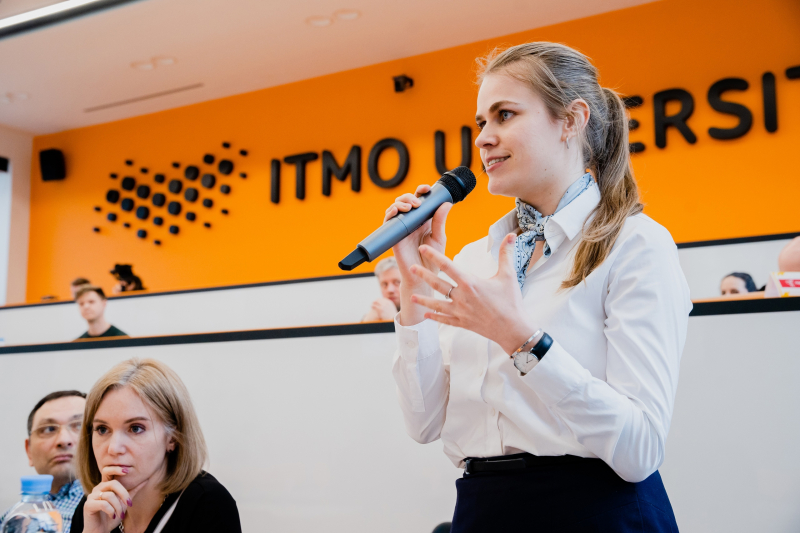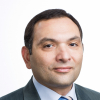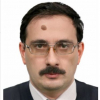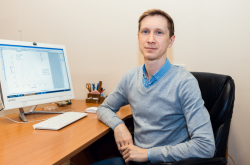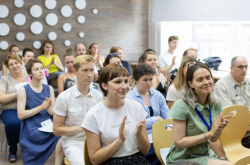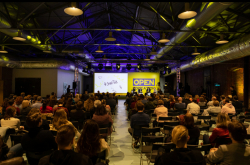The contest has two categories: lecturers and new lecturers (those who have less than three years of teaching experience). According to the organizers, ITMO’s Department of Academic Affairs, these categories were introduced to create fair competition conditions for all participants.
“It was important for us to make sure that experienced lecturers competed with each other – while those with less experience had a separate contest. This way, we wanted to support young lecturers and create equal competition conditions,” says Kristina Krushinskaya, lead engineer at ITMO’s Office of Educational Technologies.
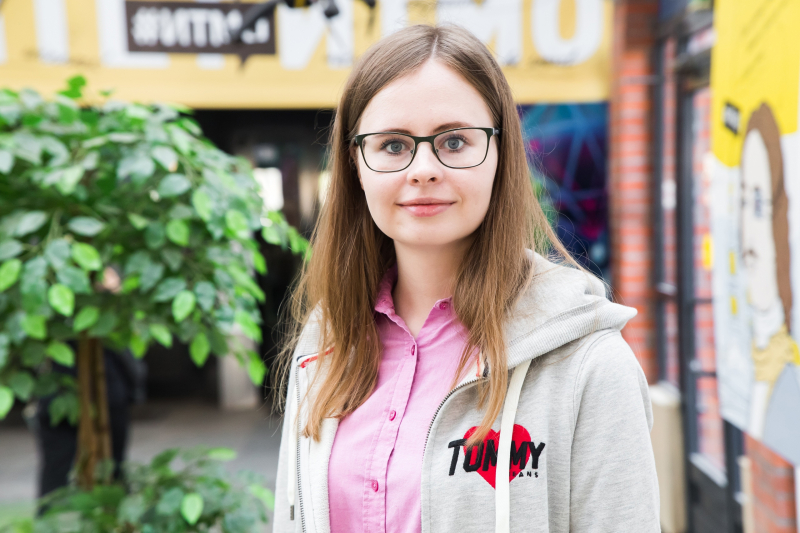
In total, 40 lecturers applied to take part in the ITMO.EduLeaders contest – including 16 new lecturers. They participated in one of ten categories: Big Data (e.g. for educational analysis), AI in Education (e.g. a system to analyse student performance during remote learning and a system of recommendations), VR/AR (e.g. virtual laboratories and 3D visualizations), Active Learning (such as online simulators or a digital workbook), Gamification, Project Work, Evaluation System, Educational Video, Online Courses, and Microlearning (podcasts, longreads, quizzes, interactive student books, etc.).
Only ten participants were chosen for the final round and got the chance to present their creations in person in front of a board of experts, including first vice rector Daria Kozlova and heads of their respective schools and faculties. Winners of both ITMO.EduLeaders and ITMO.EduStars will be announced at the ITMO.Open Education contest on May 21.
In this article, ITMO.NEWS describes the five projects that were presented on March 29, the first day of presentations. Stay tuned for the other five leading projects that we will cover in our next article.
Aleksandr Alodjants, professor at ITMO’s Faculty of Laser and Light Engineering. Project: An interdiscplinary teaching approach to quantum technologies at ITMO

The aim of the project was to prepare students to use the interdisciplinary approach to solve crucial challenges in quantum technologies and artificial intelligence. At the same time, the project was meant to involve not only students in the field of maths and physics, but also psychologists, social scientists, cognitive scientists and neurobiologists modelling artificial intelligence and decision support systems, as well as economists and market specialists working in the field of quantum technologies, their interactions with other technologies, and their promotion on the market.
A key feature of the course is in creating an individual educational track for each student and orienting them towards practical results. It’s no use teaching everyone in the same way, because all students have different backgrounds, competencies, and levels of understanding. The education is based on fundamental science but it eventually leads to the creation of a certain final product be that an algorithm, a device, a research project, or even a new startup. It’s crucial that each student has their own project that allows them to not only acquire practical experience but also evaluate their abilities.
The success of this educational project is confirmed by the excellent results of the students: during their time at ITMO, the Master’s students have published their research in high-ranking journals, such as Scientific Reports, won awards and been acknowledged for their excellent presentations at conferences; they’ve also launched startups and won the UMNIK contests.
Ilya Livshitz, professor at ITMO’s Faculty of Secure Information Technologies. Project: Method for complex diagnostic evaluation for remote learning
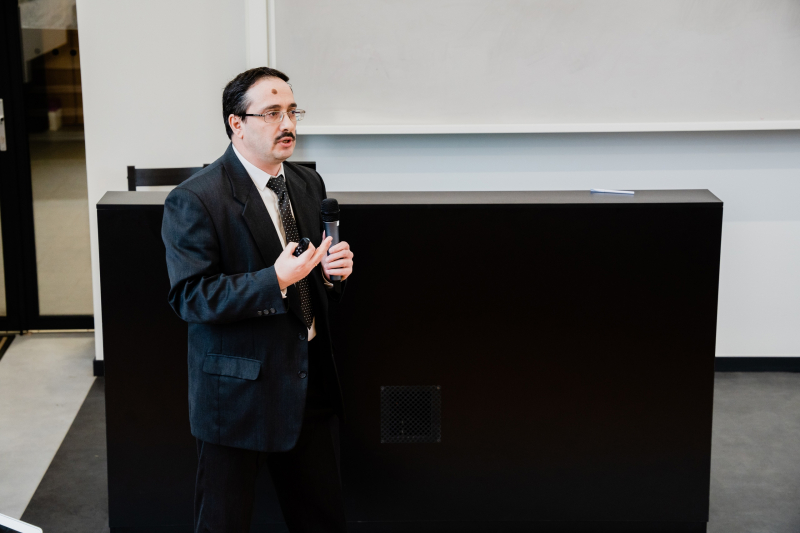
Challenges faced by most lecturers while teaching remotely are: a lack of audience feedback, students’ lack of motivation, and, consequently, skipped classes, disappointment with the talking head, and lethargy during classes. Moreover, it’s unclear how to keep track of attendance in this format, monitor and respond to issues that arise for students during classes, help students to form groups, encourage them to work on their projects, and inspire them to conduct research.
As an answer to all these challenges, the lecturer created the so-called risks bottleneck. At the start of the course (point 0), students receive all information about the educational process. They are informed about all modules, exam questions, study materials, recommended literature, and evaluation criteria. This way, they can choose the most important parts and progress through the program at their own pace. At the next stage (point 1), together with the students the lecturer chooses a platform for interaction that is the most convenient for everyone. Next, (at points 2 and 3) students take an express test to identify the level of digital literacy of the cohort, as well as form student teams for practical assignments. At point 4, after completing a number of assignments, students take a “midterm exam” to get their preliminary grades. This helps students to evaluate how ready they are to take the final exam. This approach also makes it possible to prevent surprises during the actual exam, decide on supporting measures, and even inform the Student Services Office about any potential problems to be moderated. Finally, point 5 is examination of students who have successfully completed the course.
As a result of the spring semester of the 2019/2020 academic year, the amount of students who ignored the course completely was brought down to 11%. On the other hand, student performance (excellent and good grades) rose by 27%. There were no students who had to take repeat exams.
Alexey Peregudin, assistant at the Faculty of Control Systems and Robotics. Project: A YouTube channel with a course of video lectures on linear algebra and control theory
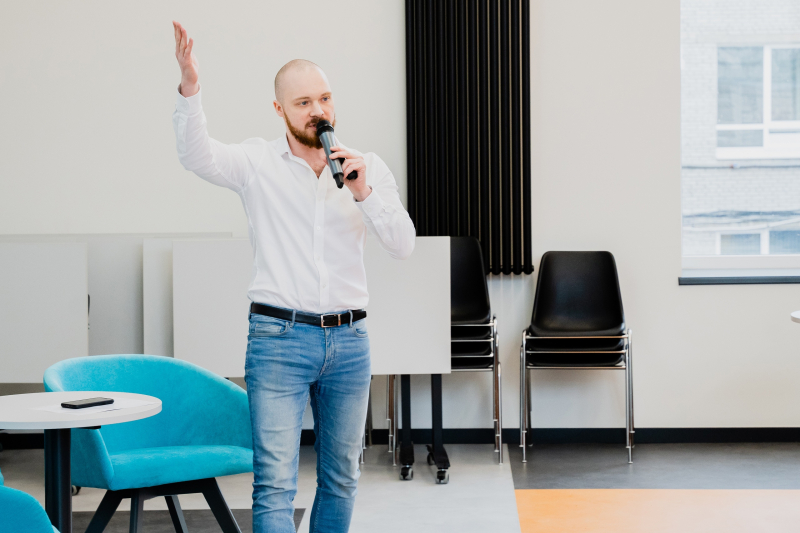
The pandemic did not only pose challenges for educators, but also gave them the chance to find and apply new ways of presenting lecture material – including rather original methods. For instance, by transferring the course to a popular platform for students, YouTube, and making each class more interesting and engaging.
This project is a YouTube channel with lectures on various topics connected to control theory: linear algebra, systems theory, differential equations, and control engineering.
The author of the project focused on its visual presentation: the thumbnail of each video is a puzzle to be solved, the lectures actively employed memes and colorful pictures, while equations and graphs were animated to make them easily understood. The course also used original analogies to help students understand abstract mathematical concepts. For instance, similar matrices (the same linear map under two different bases) are compared to a musical chord that can be achieved with different combinations of keys. And the eigenvalues of the matrix are the same under any base – just like musical tones in a chord are the same in any notation.
All in all, the course features 14 hours worth of videos: each about 2 hours long and each featuring a system of time codes – so that the viewers could watch the parts that interest them the most. The videos are available not only to ITMO students (who can rewatch them as many times as they like), but also to anyone on the internet. In the future, the author of the project is planning to upload new videos – this time not two-hour long broadcasts, but concise learning modules.
Students rated the course highly favourably, while their knowledge of the material has greatly improved. Some of the problems that had earlier been used at contests, were now deemed normal and solvable by the cohort.
Andrey Kudlis, assistant at ITMO’s Faculty of Physics. Project: My first research project on studying hydro-aerodynamic phenomena

The work includes two thematically linked projects in general physics conducted by first-year students during remote learning. First and foremost, the concept is meant for those students who are planning to engage in research activities in the future. Consequently, during their Bachelor’s studies they need to acquire the skills necessary for their career in science.
As an example, the author of the project introduced two first-year students who studied two different topics: aerodynamics and hydrodynamics. They performed a huge amount of work: they assembled experimental setups at home and at ITMO’s FabLab, ordered all the necessary devices (such as atmospheric pressure sensors) and wrote the software for them, as well as developed the electric circuit. All the experiments and reports fulfil every requirement of a publication in Physics Review. The students were highly motivated – they were ready to work day and night carving out the parts of experimental setups, getting into the details of electric circuits, and learning high-level programming languages.
As a result, the students acquired a set of skills for their future research endeavors: academic writing and working with LaTeX, understanding the structure of research publications, Python (calculations and plots), C++ (interaction with the experimental setup, data collection), Mathematica (testing analytical calculations), as well as work with experimental setups. One of the students is already an active participant of an R&D project and is applying to patent his idea.
Kristina Frizyuk, a PhD student at ITMO’s Faculty of Physics. Project: Educational videos on YouTube in Physics. Lifehacks
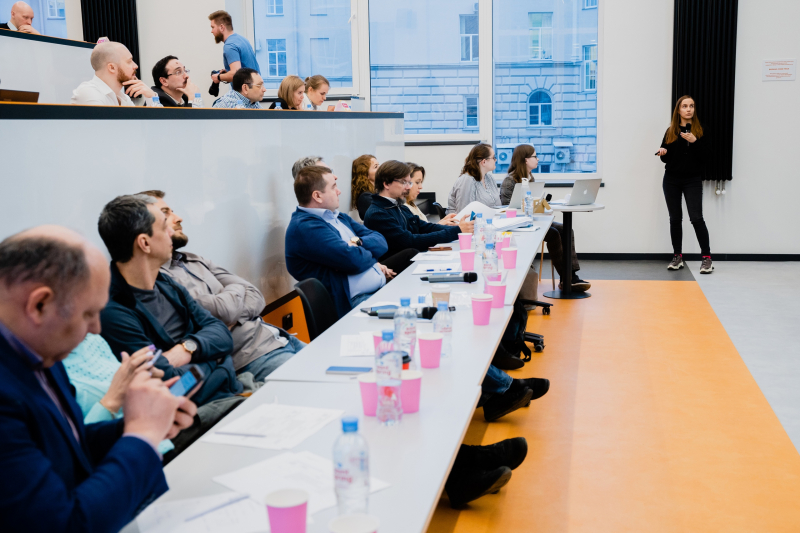
YouTube is one of the main sources of information about physics for students. However, there are not so many online courses available in Russian. Moreover, there is the issue of quality of digital educational resources and the students’ lack of motivation for self-study. Such courses are rarely available at educational institutions and they seldom focus on practical applications of the material.
This project includes educational videos on YouTube, as well as a short course on applications of group representation theory in physics. The course specifically focuses on making abstract mathematical concepts more concrete, visual, and understandable for a wider audience. Each video featured images, computer modelling, and visualizations of complex concepts. Additionally, videos draw on examples from everyday life or actual research projects of researchers at the Faculty of Physics.
The idea for the course came from the need to present the material of the course to colleagues and students. The course was originally taught face-to-face to fourth-year students at ITMO’s Faculty of Physics within their practical classes on solid state physics. Even though students were present during these classes, they watched the course again when they were doing their assignments at home. As a result, they were able to solve the majority of the problems correctly. Moreover, some of the students apply this knowledge in their research projects. For instance, a project of second-year students based on these course materials won a contest and is now transformed into a full-scale research undertaking.
